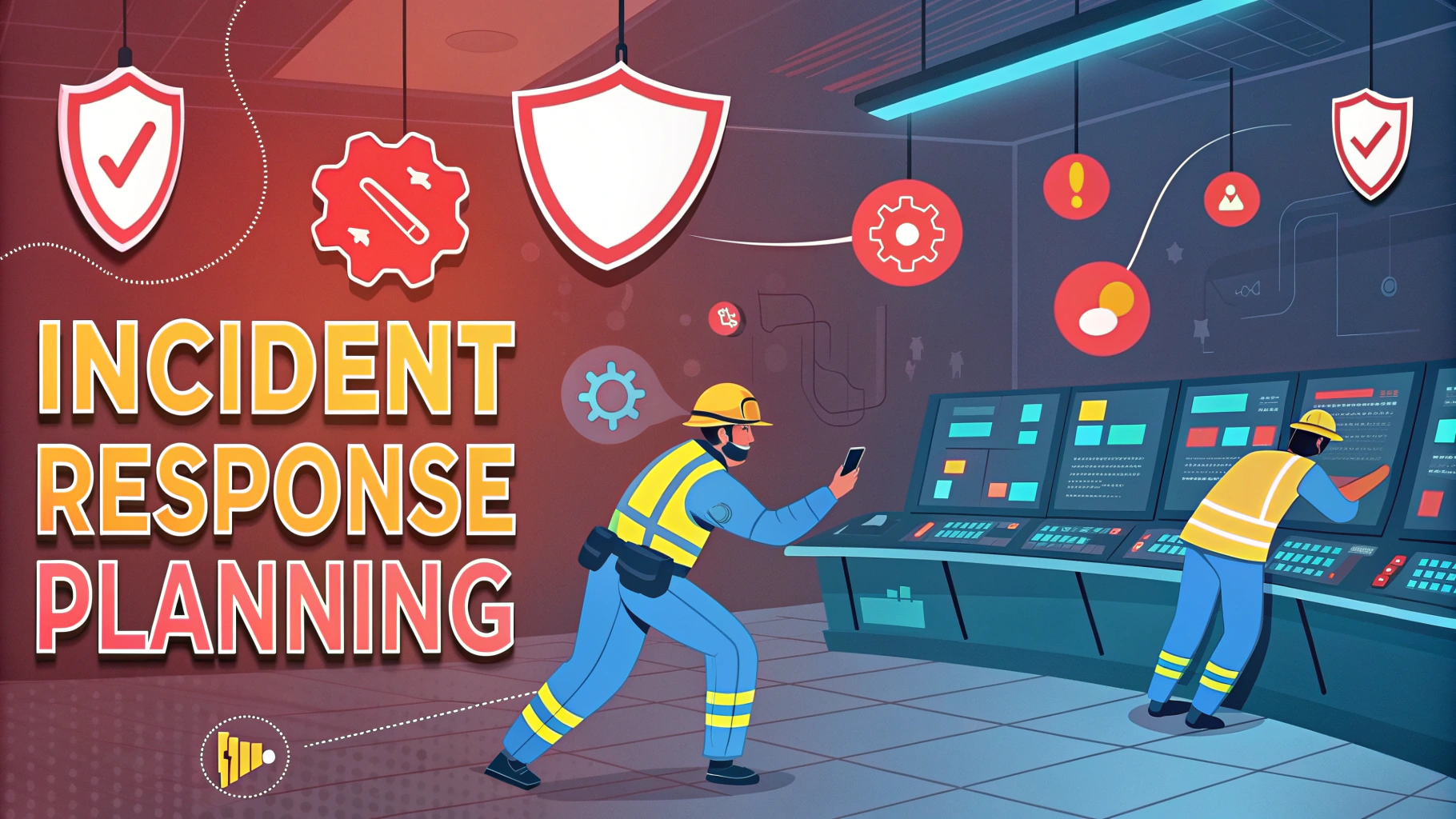Defense validation through penetration testing helps organizations identify and fix security vulnerabilities before malicious actors can exploit them.
Professional penetration testers simulate real-world attacks using the same tools and techniques as cybercriminals to expose weak points in an organization’s security posture.
A structured penetration testing program provides evidence-based validation of security controls and compliance with industry regulations like PCI DSS, HIPAA, and SOC 2.
Types of Penetration Tests
- External Network Testing: Assesses internet-facing assets and perimeter security
- Internal Network Testing: Evaluates internal systems and network segmentation
- Web Application Testing: Identifies vulnerabilities in custom and commercial web applications
- Wireless Network Testing: Tests WiFi infrastructure security
- Social Engineering: Evaluates human susceptibility to manipulation
- Physical Security Testing: Attempts to breach physical security controls
Key Testing Methodologies
- Black Box Testing: Tester has no prior knowledge of systems
- White Box Testing: Complete system information is provided
- Grey Box Testing: Limited information is shared
Essential Testing Phases
- Planning and Reconnaissance
- Scanning and Enumeration
- Gaining Access
- Maintaining Access
- Analysis and Reporting
Common Testing Tools
| Tool Name | Primary Use |
|---|---|
| Nmap | Network discovery and security scanning |
| Metasploit | Exploitation framework |
| Wireshark | Network protocol analysis |
| Burp Suite | Web application security testing |
| Nessus | Vulnerability scanning |
Best Practices for Effective Testing
- Define clear objectives and scope
- Obtain proper authorization and documentation
- Use qualified and certified testers
- Follow a structured methodology
- Maintain detailed records of all testing activities
- Prioritize findings based on risk
Compliance Requirements
Many regulatory frameworks require regular penetration testing:
- PCI DSS: Annual testing and after significant changes
- HIPAA: Regular security evaluation
- SOC 2: Periodic testing based on risk assessment
- ISO 27001: Testing as part of security assessment
Finding Qualified Testers
Look for testers with these certifications:
- Certified Ethical Hacker (CEH)
- GIAC Penetration Tester (GPEN)
- Offensive Security Certified Professional (OSCP)
- CompTIA PenTest+
Taking Action on Results
- Prioritize fixes based on severity and exploitability
- Create remediation timelines
- Verify fixes through retesting
- Document all remediation actions
- Update security policies based on findings
Next Steps for Security Enhancement
Contact reputable security firms for quotes and scope definition:
- NCC Group: www.nccgroup.com
- Bishop Fox: www.bishopfox.com
- TrustedSec: www.trustedsec.com
Managing Test Frequency
Organizations should establish regular testing intervals based on:
- Industry requirements and regulations
- System complexity and criticality
- Rate of infrastructure changes
- Previous security incidents
- Budget constraints
Documentation Requirements
- Detailed scope documentation
- Rules of engagement
- Testing schedule and timeline
- Emergency contact information
- System recovery procedures
- Incident response protocols
Risk Management Integration
Penetration testing results should feed directly into:
- Enterprise risk assessments
- Security roadmap planning
- Budget allocation decisions
- Control framework updates
- Training program development
Strengthening Your Security Posture
Regular penetration testing is essential for maintaining robust security defenses in today’s threat landscape. Organizations should:
- Maintain continuous testing programs
- Stay current with emerging threats
- Invest in security awareness training
- Build strong incident response capabilities
- Foster a security-first culture
FAQs
- What is Defense Validation (Penetration Testing)?
Defense Validation, commonly known as penetration testing, is a systematic process of testing an organization’s cybersecurity defenses by simulating real-world attacks to identify vulnerabilities and security weaknesses. - What are the main types of penetration testing?
The main types include external network testing, internal network testing, web application testing, wireless network testing, social engineering testing, and physical security testing. - How often should penetration testing be conducted?
Organizations should conduct penetration tests at least annually, after significant infrastructure changes, following major application updates, or when required by compliance regulations like PCI DSS. - What is the difference between black box, white box, and grey box testing?
Black box testing involves no prior knowledge of the system, white box testing provides complete system information to testers, and grey box testing offers partial system knowledge. - What tools are commonly used in penetration testing?
Common tools include Metasploit, Nmap, Wireshark, Burp Suite, OWASP ZAP, Nessus, and Kali Linux distribution. - What qualifications should a penetration tester have?
Professional certifications like CEH, OSCP, GPEN, or CompTIA PenTest+, along with practical experience and knowledge of networking, programming, and security principles. - What deliverables should be expected from a penetration test?
A comprehensive report including executive summary, methodology, findings, risk ratings, technical details, and recommendations for remediation. - What are the phases of a penetration test?
The phases include planning and reconnaissance, scanning, vulnerability assessment, exploitation, post-exploitation, and reporting. - How is penetration testing different from vulnerability scanning?
Penetration testing involves active exploitation of vulnerabilities and requires human expertise, while vulnerability scanning is automated and only identifies potential vulnerabilities without exploitation. - What are the legal considerations for penetration testing?
Written permission from the system owner, clearly defined scope, confidentiality agreements, and compliance with relevant laws and regulations are essential legal requirements.








